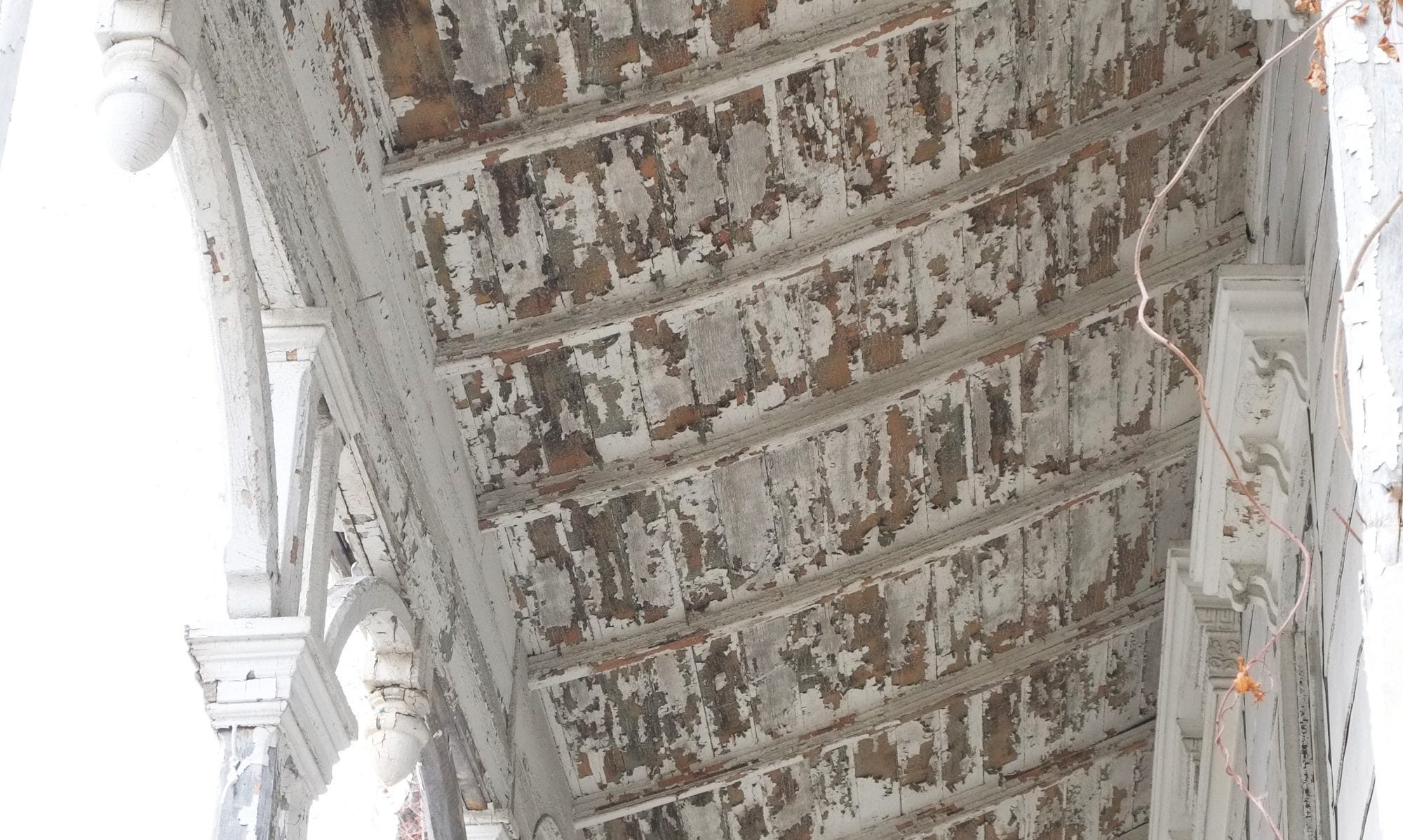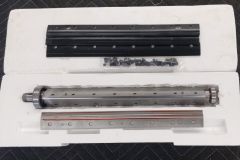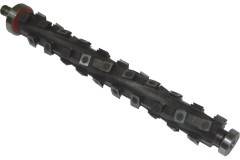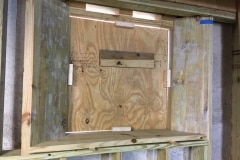If you own a Dewalt planer you’ll probably know I’m referring to the Byrd helix cutter head which cost close on as much as the planer did a few years back. So why did I plonk so much money down on a set of blades?
Main reason was the noise, if you’ve ever used a planer you know it screams when in operation and ear plugs do little to lessen this. It got so bad that I really didn’t like using the planer, plus the whole street can hear it, hence the self imposed 7pm curfew on its use. In short this machine is a howling banshee in operation which is not pleasant and the noise travels.
The original cutter head consist of three high speed reversible blades that span the full 13″ width, with the Bryd helix cutter head, you get about 40 blades arranged in a spiral. Each blade is carbide (holds its edge longer) and has four sides which can be rotated if you dull or chip one.
The helix blade will be quieter, in part due to the spiral nature of the cutter head as only one blade is striking the wood at any one time, compared to the original blade which would strike the wood over the full width of the wood.
Install isn’t trivial but as the Bryd cutter head is so popular there are plenty of quality installation videos on YouTube which helped alot. I relied mostly on two below. I did have issues removing the original cutter head, and I eventually removed the spiral drive gear and used a 1.25″ diameter wooden dowel to help with the removal (not my idea but can’t remember where I came across it).
So today I finally got to try the new cutter head out for the first try. For starters the Dewalt planer (the only planer I’ve ever used) is a bit noisy anyway even before you start feeding wood through it, I’m thinking noisy vacuum cleaner levels. With the new cutter head I thought the standing noise was a bit higher, but we’re still talking noisy vacuum levels.
My first test was 7.5″ wide pine and boy what delight it was, I had simple ear lugs in and it was really quiet, no high pitch screech of the old blades. I did notice some slight ridges in the wood so I will check the seating of the the blades.
So would I recommend this to other Dewalt owners, yes most definitely. I do think the resulting cuts are smoother but whats most important to me is the noise reduction which is a welcome blessing. Sure it’s still going to sound like a noisy vacuum in operation but no longer the banshee and I don’t think I have to curfew it now.
Thank you Bryd Tools.





